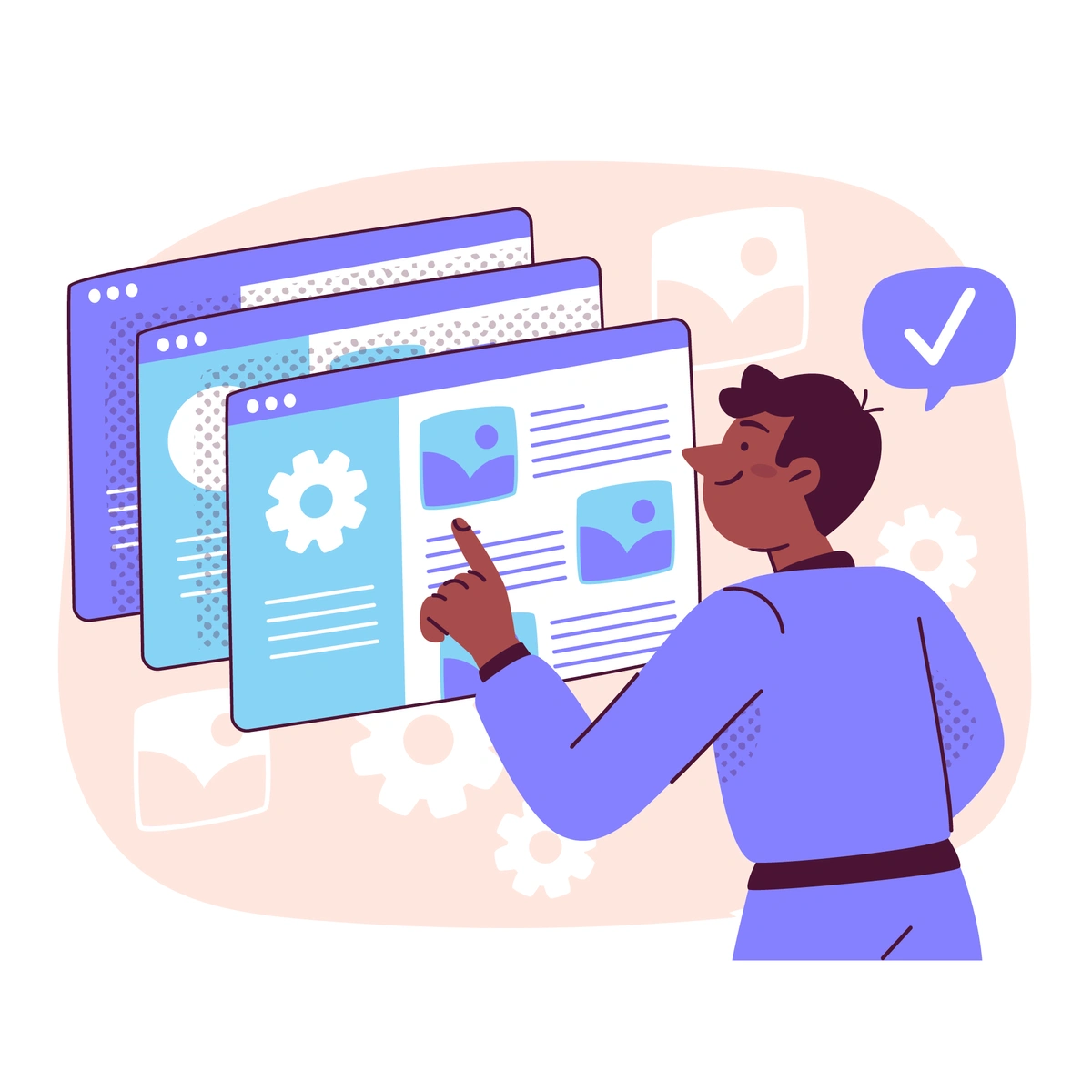atlas-bench
by Atlas Bench
2023-12-07
As artificial intelligence (AI) becomes more advanced and integrated into various aspects of our lives, there is a growing need for technology that can monitor, regulate and counter potentially harmful AI systems. This has led to the emergence of a new market focused on developing “anti-AI” tools and solutions. In this blog post, we’ll explore the key drivers and trends shaping this nascent market, the challenges faced by anti-AI startups and companies, and the future outlook for anti-AI technology.
AI systems are being deployed in high-stakes domains like finance, healthcare, criminal justice and defense where mistakes or malfunctions could have severe consequences. While most AI is designed to be beneficial, there are valid concerns about how to prevent unintended harm from AI systems, whether due to technical glitches, adversarial attacks or simply poorly designed objectives. Anti-AI technology aims to address these risks by providing oversight, security and control mechanisms tailored for AI systems. There are several factors driving demand for anti-AI tools:
As the risks posed by unregulated AI rise, demand for technologies that can keep AI systems in check will likely grow among governments, businesses and consumers alike.
The anti-AI technology landscape is still emerging, with startups and research labs taking different approaches to developing oversight and security tools for AI systems. Some key categories include AI monitoring systems, which are software programs that audit AI models in real-time for signs of errors, bias or abnormal behavior, often with explainability features. There are also AI regulation frameworks focused on risk assessment, testing and approval workflows prior to deployment to prevent problems. Adversarial security defenses specifically target threats like hacking, data poisoning and adversarial attacks on AI. Access control mechanisms manage authorized uses and changes to AI systems. Fail-safes and kill switches allow emergency shutdowns if an AI system exhibits harmful behavior. Strategic forecasting aims to predict risks and vulnerabilities of advancing AI. Independent oversight bodies can provide third-party auditing and governance for high-risk AI applications. Examples of anti-AI companies include Oculus, FIXER, Deeptracelabs, SafeAI, Relativ AI, Orca Security and Monte Carlo, mostly taking a software-based approach, while governance solutions are emerging as well.
While the need for anti-AI safeguards is clear, developing and deploying effective anti-AI technology brings formidable challenges:
Despite these hurdles, anti-AI technology is considered essential for responsible AI adoption. Companies like who overcome these challenges can become leaders in the space.
Looking ahead, the market for anti-AI solutions appears poised for robust growth. As AI integrates further into sensitive domains like finance, law, and healthcare, demand for strong anti-AI safeguards will intensify. Governments are also looking to regulate high-risk AI uses, necessitating compliance-focused anti-AI measures. Public pressure from consumers, activists and employees concerned about unconstrained AI will push companies to adopt protections. Firms will likely adopt anti-AI tools proactively as part of corporate risk management and governance strategies to monitor their systems. AI cybersecurity will need to incorporate anti-AI defenses as attacks proliferate. Meanwhile, research breakthroughs in AI transparency, robustness, and verification will bolster anti-AI capabilities. Major technology companies appear committed to developing internal anti-AI tools. Governments may fund research and regulate AI safety, helping overcome limitations. Much like antivirus software became essential for computers, anti-AI software may become a standard requirement for responsible AI deployment across industries.
As the anti-AI market evolves, a few key trends are starting to take shape:
By anticipating challenges like adversarial threats and taking a multifaceted approach combining automated monitoring, human oversight and proactive risk mitigation, the anti-AI field can develop balanced solutions that enable AI’s benefits while curbing harms.
Here is that section in paragraph form: Governments have an important role to play in the advancement and adoption of anti-AI technologies. They can provide funding for R&D to help innovators tackle challenges like explainability, alignment and adversarial robustness – areas where groups like DARPA and the EU are leading. Governments can also develop regulations mandating testing and approval processes for AI systems, driving uptake of compliance tools. They can empower independent standards bodies to establish best practices for safety-focused AI design, auditing and risk management. Governments can sponsor oversight groups and agencies focused on auditing and investigating high-risk AI applications, providing policy advice. Coordinating regulatory approaches domestically and internationally will be key to prevent fragmented policies with gaps enabling unsafe AI. Governments can also lead by example, adopting anti-AI protections for public sector AI to set a precedent for responsible development. With careful regulation and support for anti-AI innovation, governments can pave the way for ethical, secure and reliable AI systems that citizens can trust.
With AI poised to automate more high-stakes tasks, anti-AI technology that provides security, oversight and control mechanisms will be essential. There is a clear need for anti-AI tools to prevent mistakes, hacking, misuse and unintended harm from AI systems as they grow more advanced. While still an emerging field facing challenges, anti-AI solutions have huge potential to make AI deployment safer and build public trust. Companies and investors getting involved now can become leaders in this critical area of technology. Carefully designed anti-AI safeguards that don’t overly constrain beneficial AI will be key to unlocking the full potential of artificial intelligence for the future.
The rapid expansion of artificial intelligence into critical domains like healthcare, transport and finance means oversight mechanisms are necessary to prevent unintended harm without stifling innovation. The market for anti-AI security, monitoring and control tools is still early but poised to grow as businesses and governments confront the realities of deploying unreliable or risky AI systems. While technical and coordination challenges exist, the anti-AI space presents enormous opportunities for startups and incumbents able to balance safety, accountability and performance. With vigilant guardrails in place, AI can deliver on its immense potential to benefit humanity. The development of robust anti-AI technology and policies will be a key enabler for building trust in our intelligent machine partners.

Learn how to streamline your sprin...
29 August 2024

Learn how to streamline your sprin...
6 August 2024

Learn how to establish a robust Ve...
23 July 2024